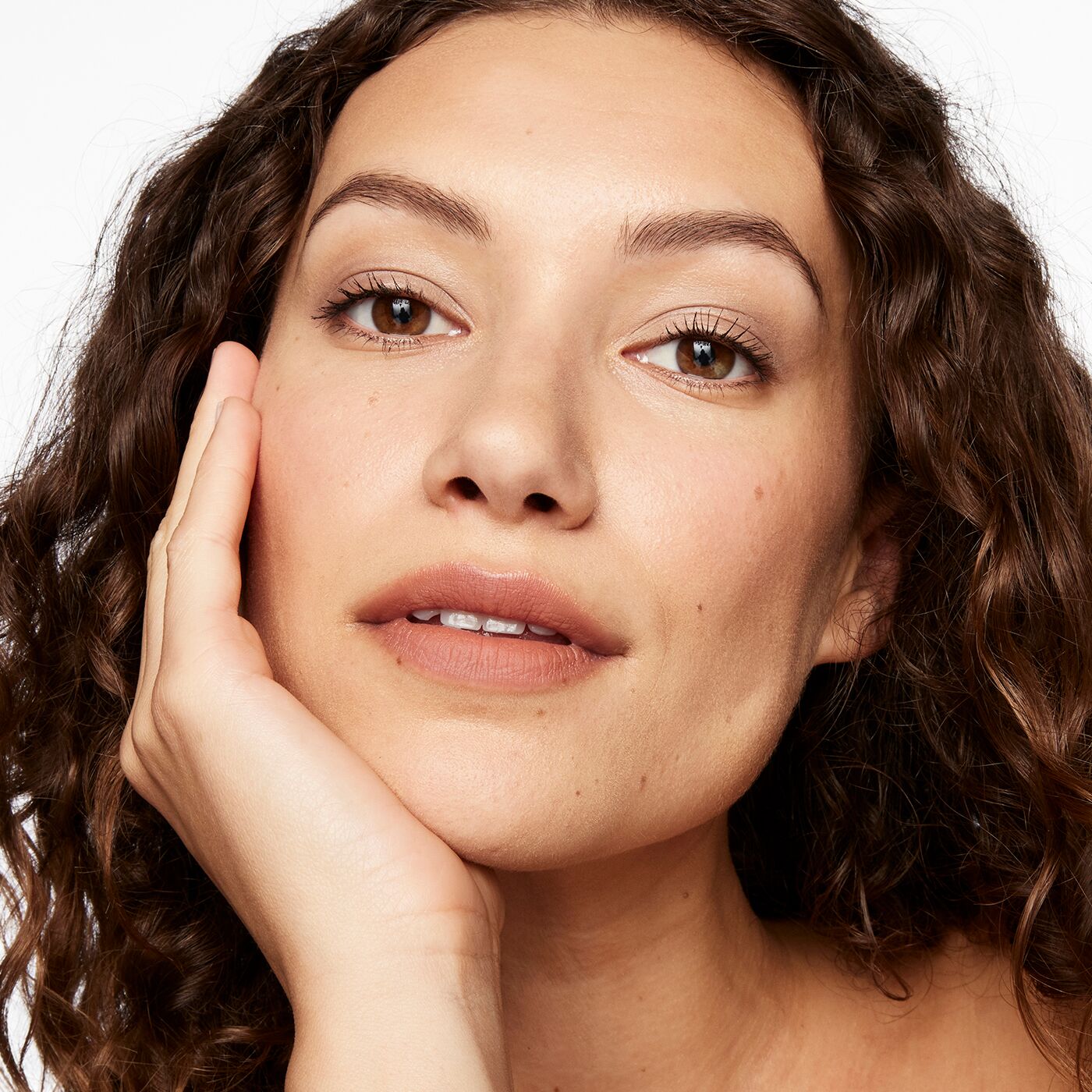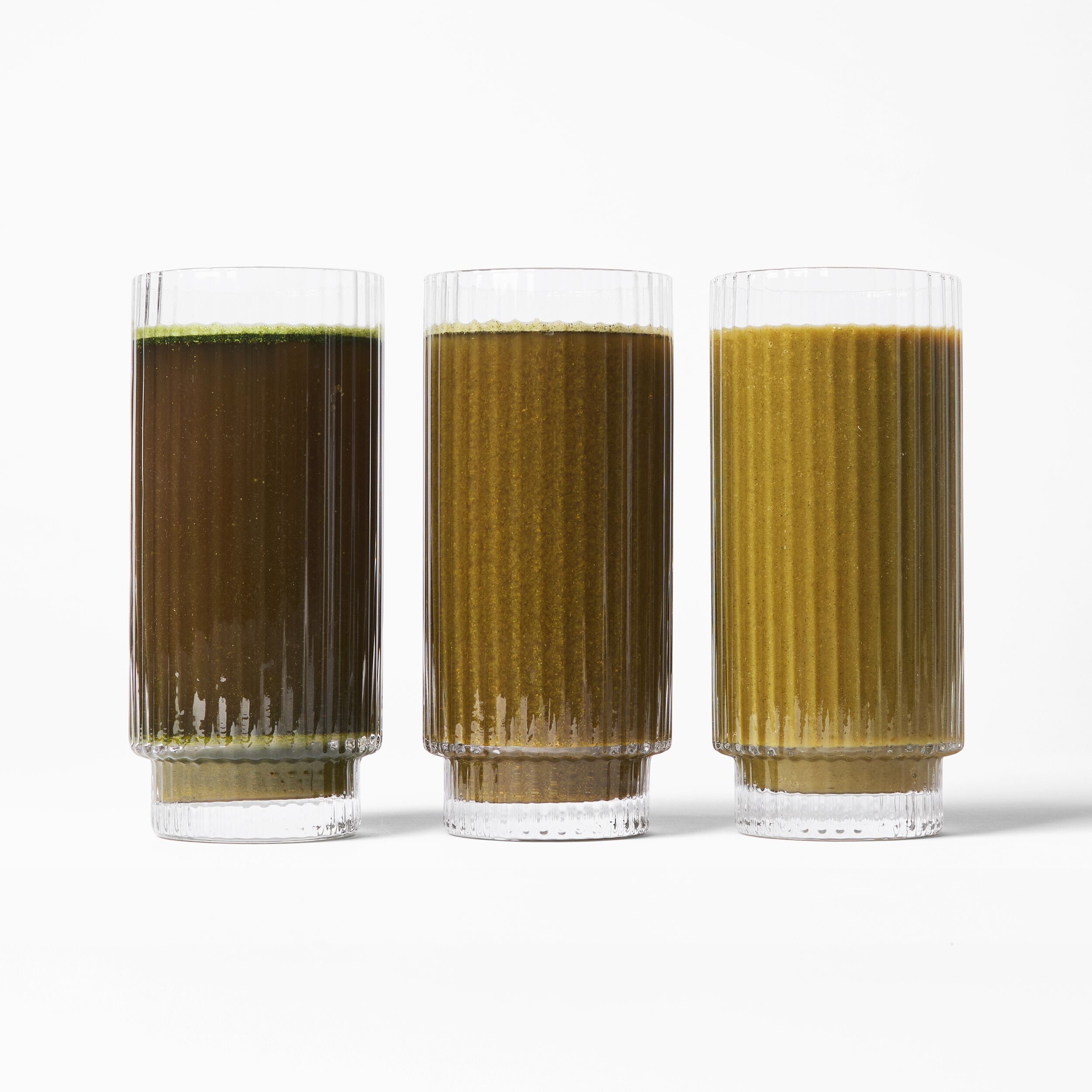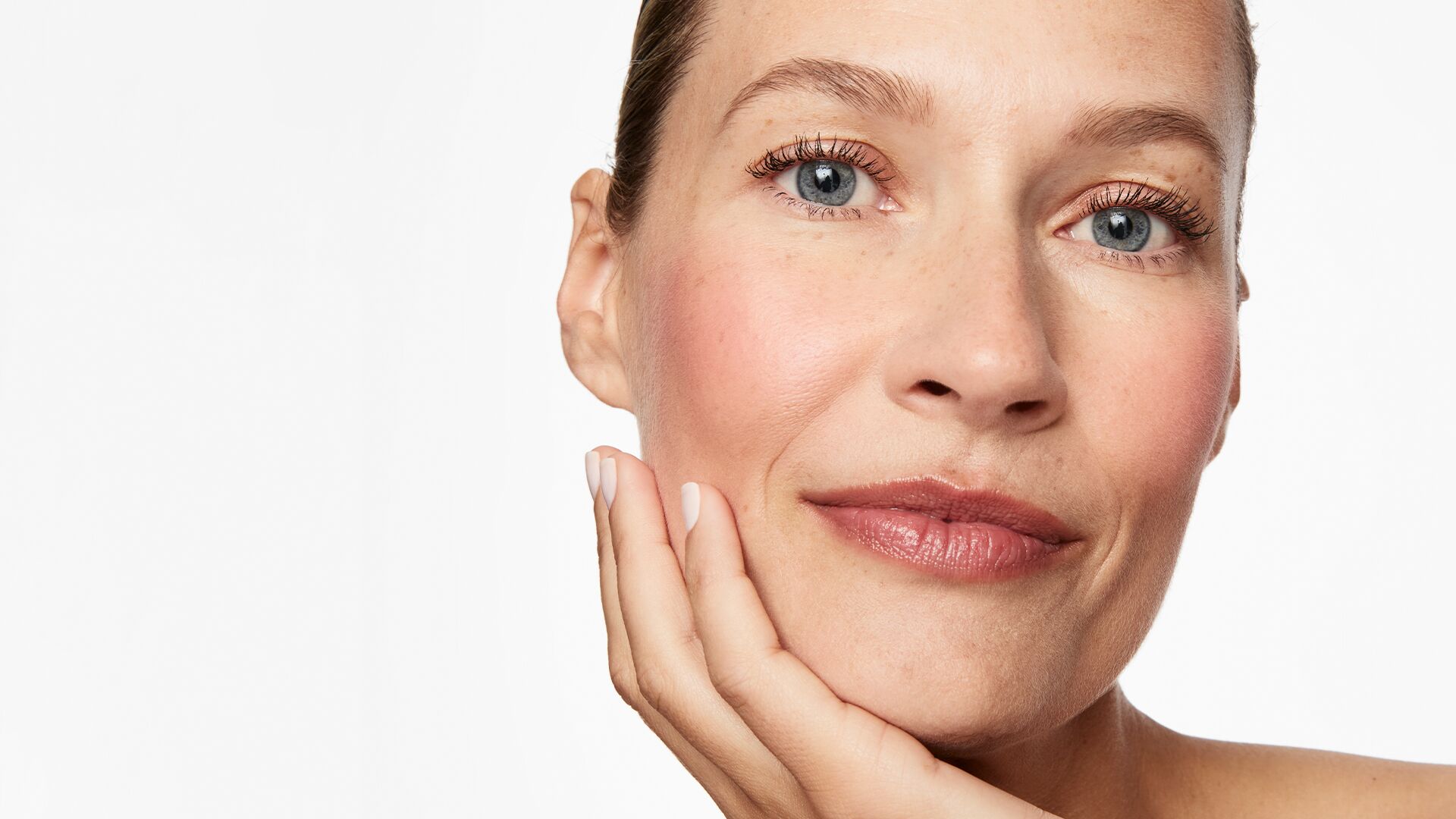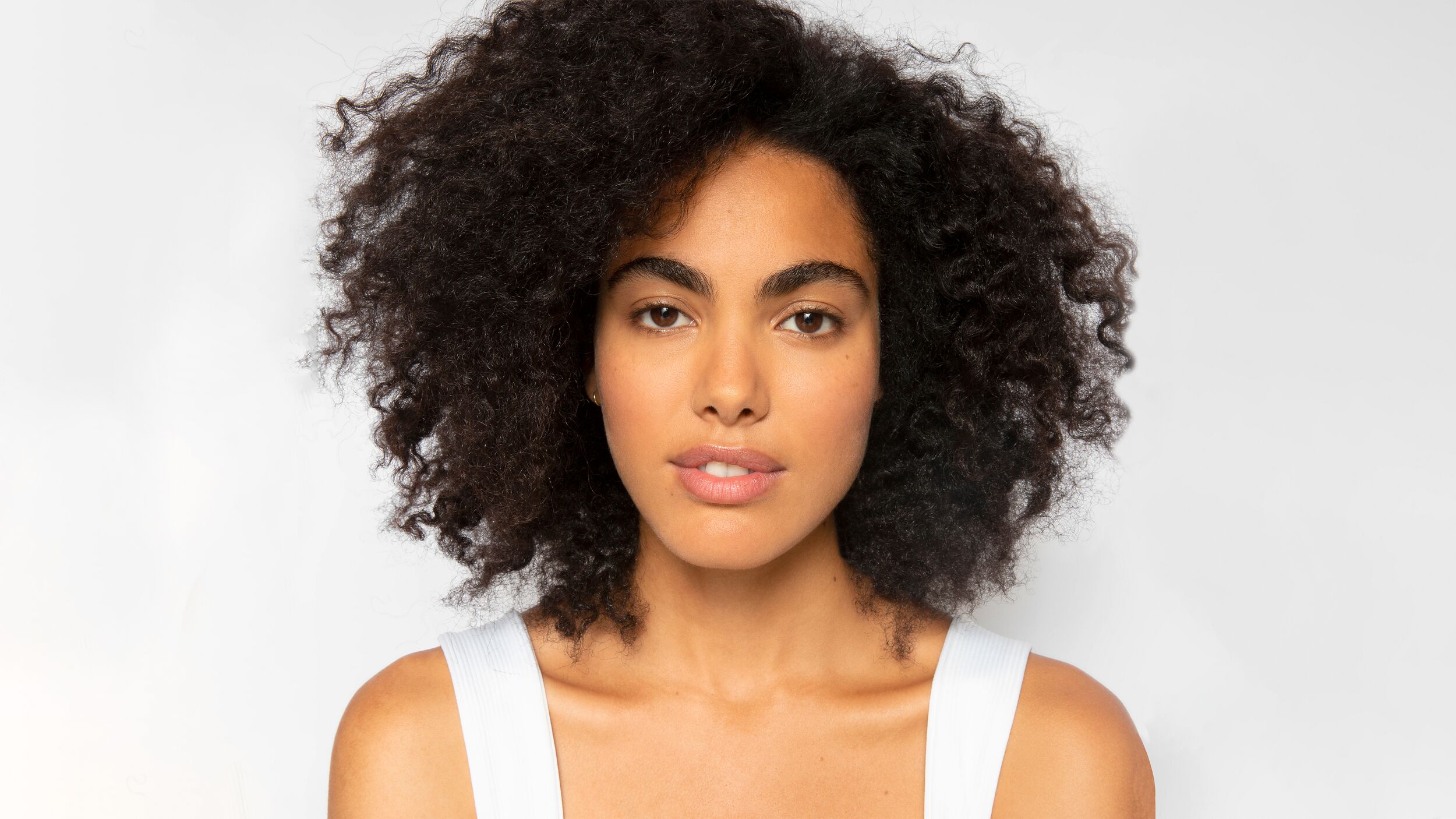
Everything you need to know about the easiest way to ‘girl in a hair advert’ hair
What comes after your lather, rinse and repeat? For most of us, the next step is conditioner. But are you getting the most out of your conditioning step, so that your hair is insanely soft and silky? Here’s what you need to know.
Why do you need to condition your hair?
Feel like conditioner is an unnecessary extra step in your routine? Allow us to convince you otherwise – starting with a speedy science lesson. Despite the fact that hair health is something that’s talked about a lot, our hair is, confusingly, already dead by the time it leaves our scalps. It’s made of a strong and durable protein called keratin, which is the same substance that forms our nails.
Thick hair has three parts to each strand – the inner medulla, the cortex (which is where your hair colour sits) and the cuticle (an outer layer that protects these inner sections). Finer hair tends not to have a medulla, which is why the texture is different. All three parts of the hair strand are important, but when it comes to conditioner, it’s the cuticle we’re most interested in.
The hair cuticle is made up of smaller cells which overlap each other like scales. For a healthy cuticle that protects the inner parts of the hair and looks smooth and shiny on the outside, these scale-like cells need to sit flat. If they’re upright with gaps between them, then the cortex of the hair can be harmed and your strands will feel rough to the touch. If your hair is curly, these cuticles are naturally more raised, and things like heat styling and colouring your hair can damage them.
By coating the hair, conditioner will help to reinforce the cuticle so it’s less prone to this kind of damage. A welcome side effect of this is a shinier, healthier finish. Conditioner will also moisturise the hair and make it less brittle. Think of it like a strand of spaghetti – if it’s dry, then it’s easier to snap and break, whereas if it’s filled with moisture it will be softer and more malleable. This is especially handy if your hair is prone to tangles, as it’s much easier to tease out those knots when there’s more slip to the hair. It’s a bit like trying to untie a knot from a piece of ribbon versus a piece of rope that has lots of friction.
The need to condition our hair becomes even greater post-shampoo. This step is designed to clean your hair and scalp by removing natural grease, daily grime and product residue, but it can also strip away your hair’s natural oils in the process. Conditioner will counteract this dryness by nourishing the hair and helping to replace that lost moisture.
Ultimately, as hair is dead when it leaves our scalps, it can’t regenerate or heal itself like our skin can. That’s why the ends of your hair will be drier and more damaged than the roots – and maybe even lighter in colour too. They’re the oldest and will have been exposed to the most styling, colouring and sunshine over the years. The only way to fully repair your hair is to wait for regrowth, and given that’s quite a time-consuming process, we’d say that committing to a conditioner to care for the hair you already have is a much better plan.
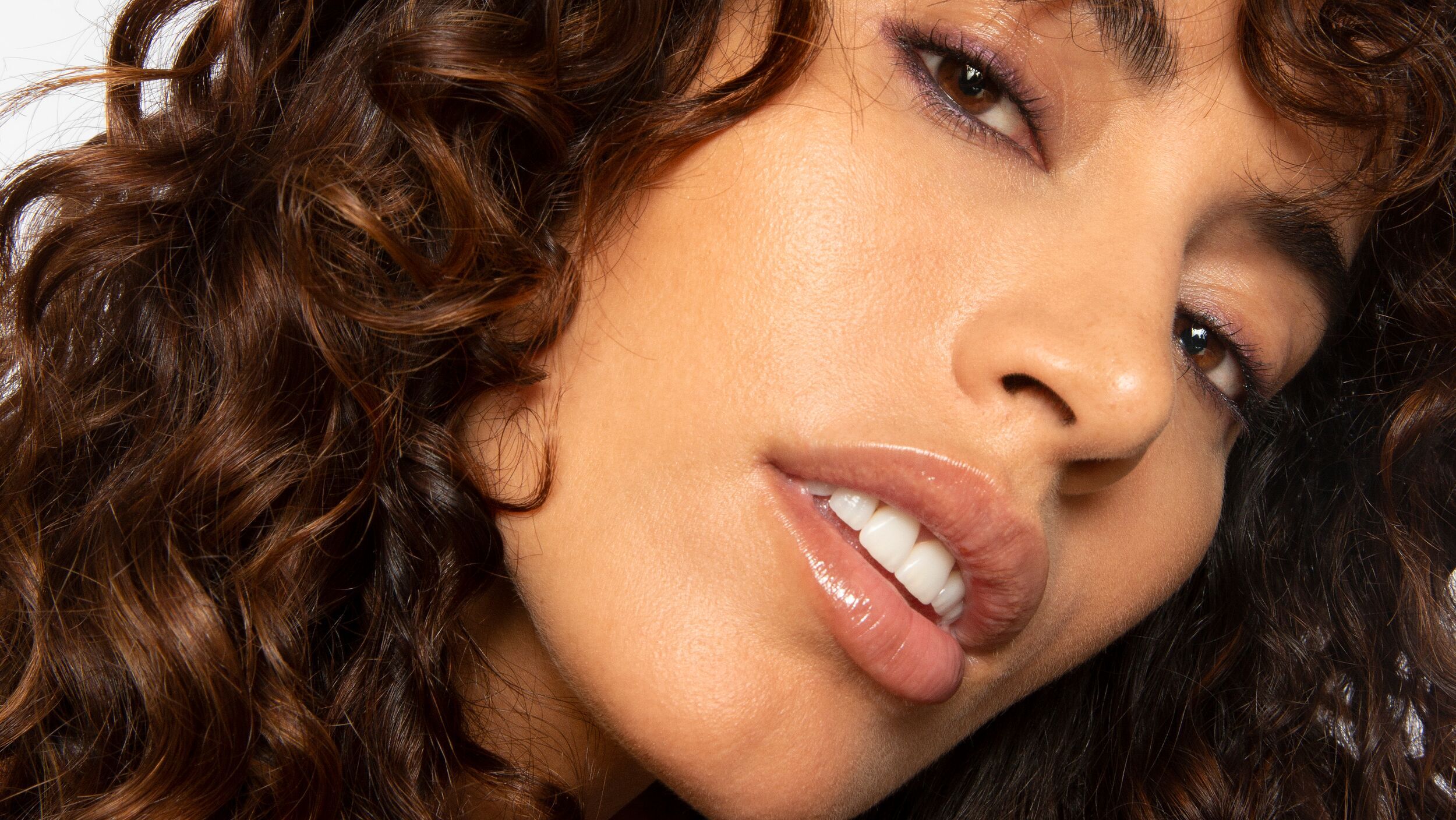 Conditioner will counteract this dryness by nourishing the hair and helping to replace that lost moisture.
Conditioner will counteract this dryness by nourishing the hair and helping to replace that lost moisture. Why are there different conditioners for different hair types?
Conditioners are normally sold either by hair type - like curly, coily, wavy or straight - or they’re sold by key concern, so things like dry, dehydrated, coloured, fine, flat or thinning.
Of all the hair types, straight hair tends to need the least amount of nourishment, as the cuticles are flat and neatly slotted together. Curly and afro hair is more porous, and more in need of moisture, as the cuticles aren’t as tightly packed, and these gaps allow water to escape. A conditioner for your hair type will take these differences into account to keep the hair in tip-top condition.
Straight hair tends to need the least amount of nourishment, as the cuticles are flat and neatly slotted together. Curly and afro hair is more porous, and more in need of moisture.
If you colour your hair, you can make it weaker, and bleaching in particular can dry out the hair and make it brittle. In this instance, you’d need to lean heavily on a nourishing conditioner to repair it. Equally, if your hair is naturally greasy or thinning, you won’t want a conditioner that weighs too heavily on your strands. Choosing a lighter formula will allow you to benefit from the hydration, without leaving your hair slicked to your scalp.
What is the difference between a hair mask and a conditioner?
There are three big differences between a hair mask and conditioner. First stop, the consistency, and a hair mask will be thicker and creamier than a regular conditioner. This brings us quickly to point two, which is that hair masks are designed to be a deeper hair treatment for strands in need of some TLC. Unlike a conditioner which is formulated to be smoothed onto hair, combed through and washed away, hair masks stay on for a few minutes (or longer) to deliver extra nourishment to the hair. It makes sense then that the texture is heavier, as otherwise, some of the product would have slipped off your strands within the first couple of minutes. Last, but not least, is the difference in ingredients. Hair masks are loaded with higher concentrations of oils and butters for softer, smoother and silkier hair.
Not sure whether you need both in your routine? Hair masks are designed to be used around once a week in place of your normal conditioner. But, if you have very dry or damaged hair, there’s no real reason why you can’t give your hair the premium treatment every time you shampoo.
What kinds of ingredients are in hair conditioners?
The first ingredient in almost all conditioners will be water, as this works as a base for the other ingredients to dissolve into. It also helps to give your conditioner its nice, slippery, liquid texture. In addition to this, there will also be ingredients called humectants – like glycerin and hyaluronic acid. These earn their keep in a conditioner by attracting and drawing moisture into the hair strand. To hold this moisture where you want it (i.e. in the hair) conditioners also contain emollients. Emollients are ingredients like oils, butters and fats that form a seal over your strands. Conditioners for dry hair will typically have more emollients, while ones for healthy hair will have less.
Conditioners often contain silicones too, which brings us to…
Are silicones a bad thing to have in a conditioner?
There are two sides to the argument over whether silicones are bad for your hair, and which side you take will probably depend on your hair type. Silicones are synthetic substances that are included in hair conditioners, as well as products like makeup primers. In a conditioner, they’re there to give the formula enough slip to make it easy to distribute through your hair, as well as forming a film around the strands to leave them feeling softer and looking shinier than before.
If your hair is dry, damaged or just generally unruly and difficult to tame, then you’ll probably like the frizz-busting, shine-inducing effects that silicones have. But, if your hair is very fine or already naturally very soft, then you might find that silicones are too heavy for your hair and weigh it down.
That’s where the main criticism of silicones comes from, but there is also a school of thought that by creating a film on the hair these ingredients also block other nourishing ingredients from getting in – and therefore dry the hair out. If you’re worried about this, or have found that using a conditioner with silicones has robbed your hair of some of its volume, then reset with a clarifying detox shampoo. How often you need to detox your hair will depend on your hair type (thick and dry hair can take more silicones than fine, healthy hair), as well as how often you wash your hair.
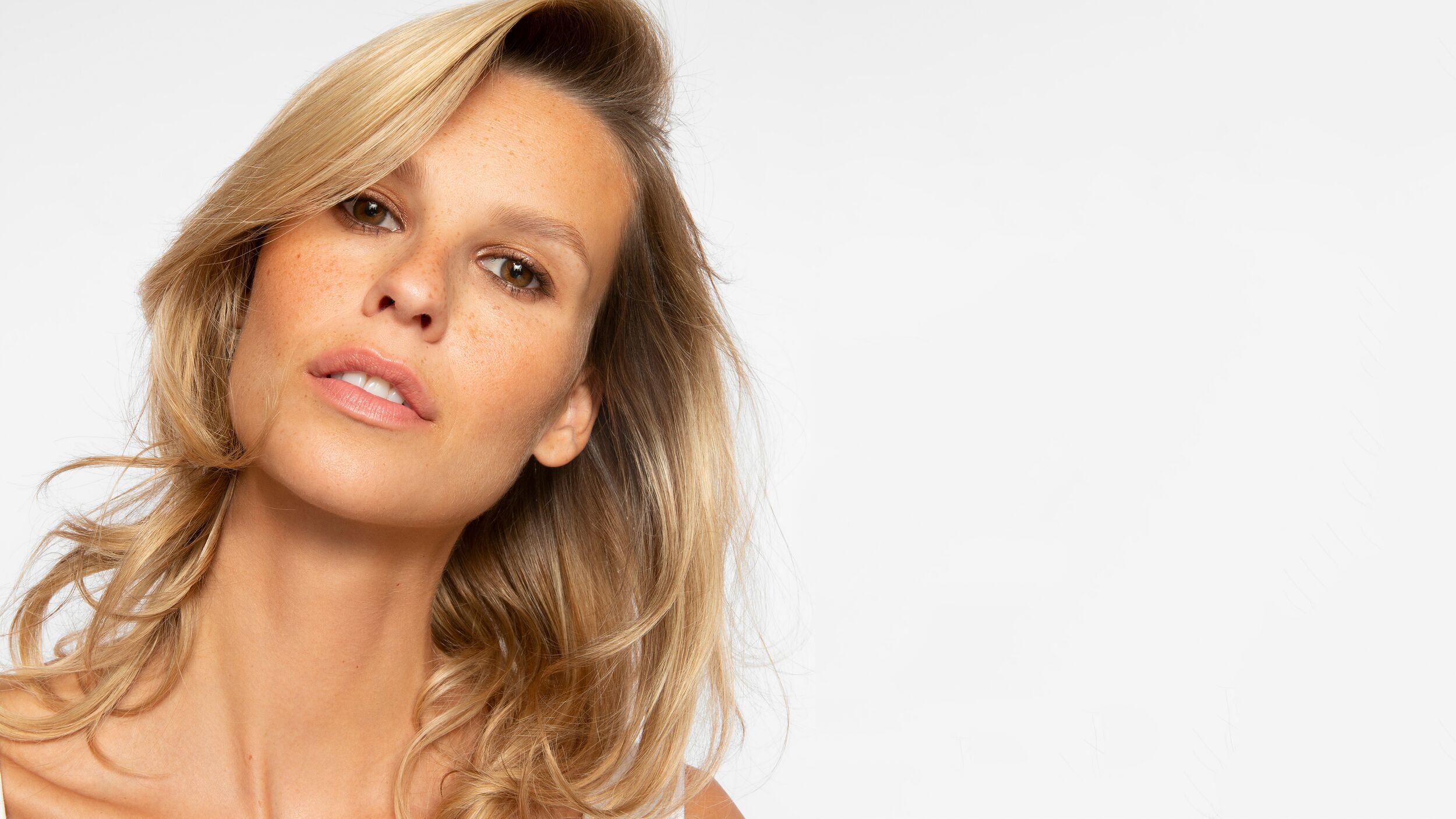 If your hair is dry or damaged then you’ll probably like the frizz-busting, shine-inducing effects that silicones have.
If your hair is dry or damaged then you’ll probably like the frizz-busting, shine-inducing effects that silicones have.What is the best way to apply conditioner?
Apart from the recent trend for ‘Co-Washing’ (people with very dry hair started applying their conditioner first, believing that it would stop shampoo stripping all the oils in the hair - the jury’s still out), conditioner almost always comes after shampoo, and ideally, you’d squeeze some of the moisture out of your hair before you move on to this second step. You want your hair to be damp, but not soaking wet, so as not to dilute the ingredients. After you’ve applied your conditioner, focusing on the lengths and ends, you can comb it through. It’s best to comb at this point, as hair is especially fragile when it’s wet, and the addition of conditioner will give your comb or hair brush extra slip so you can tease out tangles and knots without snagging.
If it’s a normal conditioner rather than a hair mask, you can rinse straight after this. Use warm water to make sure you’ve removed all of the product from your hair, as leaving residue can irritate your scalp and leave your hair feeling coated and sticky. If your commitment to your hair gives you Wim Hof levels of bravery, then finish with a cold rinse. The idea is that an icy shower shot will help to seal the hair cuticle for a shinier finish. Experts are slightly divided on the science behind this, but either way, it will certainly wake you up.
Do your shampoo and conditioner have to be from a matching set?
Aside from the fact that the synergy of a matching shampoo and conditioner is pleasing to look at on the side of your shower, the key benefit of a set is that it will have been formulated to work together. They’ve probably been designed to solve a particular problem too – like colour fade or damage – and if this is your key hair concern, then it makes sense to double down.
A bit like wearing odd socks, nothing bad is going to happen if you don’t use the same shampoo and conditioner.
That being said, if you run out of one before the other (conditioner normally runs out faster) or can’t buy both as one is out of stock, there’s absolutely no reason why you can’t mix and match. A bit like wearing odd socks, nothing bad is going to happen if you don’t use the same shampoo and conditioner. If you have more than one hair concern, you might do this deliberately. Say, for example, you have blonde hair and you’ve just had a fresh set of highlights, then you would want to use a purple shampoo to keep brassiness at bay, and then follow with a conditioner for dry hair to rehydrate your strands post-bleach.
What happens if I skip conditioner?
So you’re standing in the shower, hair nicely shampooed, only to find that you can’t even squeeze the tiniest blob of conditioner from the bottle. Or, you’ve just hit the gym showers, only to find that – shock horror – your conditioner isn’t in your toiletry bag. Big uh-oh. We’re joking of course, and skipping conditioner just once, in this kind of scenario, is absolutely not the end of the world. You will probably see a difference in how your hair looks and feels though. It won’t be as smooth or shiny, and it might be rougher and coarser – creating more of a struggle for your hairbrush to pass through.
The healthier and more hydrated your hair is generally, the less keenly you’ll see these differences. In fact, some (very lucky) people are blessed with the kind of hair that looks just as swish-able without conditioner. If you’re not one of those people, then smoothing on a conditioning serum or hair oil post-shampoo will help to buy you some time until you stock back up on conditioner.
If you were to skip conditioner after every wash, however, it would be a very different story - particularly if your hair is long.. Without conditioner, hair is less protected from the elements and isn’t being treated with nourishing ingredients – which will leave it brittle and more prone to breakage. You might not see this negative impact immediately, but it will, unfortunately, catch up with you and your hair over time.
What should I do if my conditioner is weighing my hair down?
Find that your hair is lank and lacklustre after using conditioner? You have a few options. Number one (which is the cheaper option) is to try using less conditioner. A 10p-sized blob is good to aim for with shoulder-length hair, so use that as a guide and adjust according to your hair length. You can also reconsider the placement too. If you have thinning hair, fine hair, or hair that is prone to greasiness, then don’t take the conditioner too close to your roots. As a product, it’s designed for the lengths and ends, so really shouldn’t be getting a look-in above the tops of your ears (unless it’s specifically designed to go root-to-tip, which some conditioners are).. You might even find that just using conditioner on the very tips of your hair is enough.
Another option is to switch to a different conditioner. Look out for products that have been specially formulated with fine hair in mind, as these will have a lighter texture that won’t add weight to the hair. Unless you have very dry hair, masks are potentially off the menu too. Not only are they extra nourishing, but there’s a temptation to over-scoop from the tub, neither of which is going to help in your quest for fuller-looking hair.
What’s the difference between the different types of conditioners?
The category of conditioner isn’t limited to your traditional rinse-off. There are a number of different types, which can either be substituted for each other or used in tandem for seriously shiny hair.
Rinse off: This is your classic type of conditioner. It is designed to be applied to the hair after shampooing (combed through, if you like) and rinsed out. It doesn’t need to be left on the hair for any length of time.
Leave-in: The opposite of a rinse-off conditioner is a leave-in. This will be applied to the hair once you’ve stepped out of the shower and before styling or air drying. It’s best suited to curly and coily hair types, as well as coloured or damaged hair. Use in addition, not instead of, your normal in-shower conditioner.
Hair mask: A hair mask is an upgraded version of your conditioner containing a higher concentration of nourishing ingredients. They’re heavier in texture and are designed to be used once a week. Most hair masks need to be left on for around ten minutes for your hair to reap the benefits.
Deep conditioner: Like a hair mask, a deep conditioner is a substitute for your normal rinse-off conditioner. The difference is that they can be used less regularly than a mask (only when your hair really needs some TLC) and tend to contain proteins to help repair the hair.
Lamellar conditioner: The newest, lightest kind of conditioner. Lamellar conditioners are rinse-out waters that coat the hair in lightweight layers of moisturising ingredients and amino acids for immediate glossiness.
